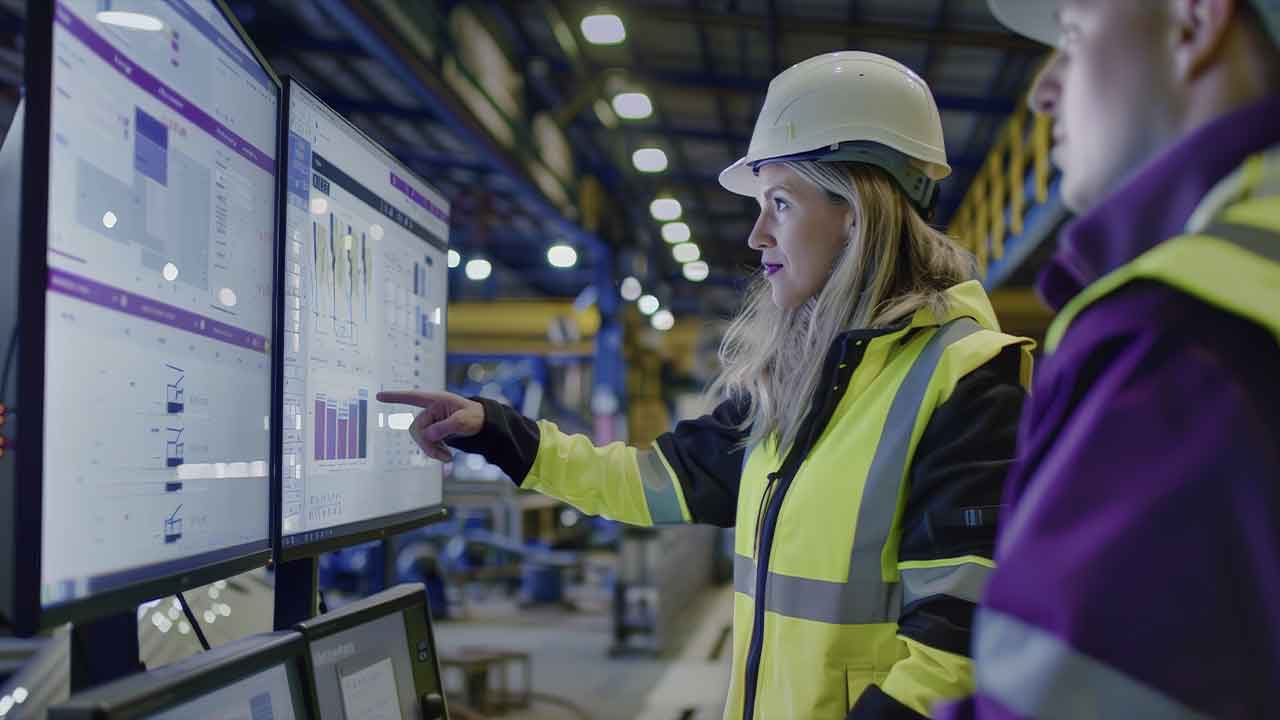Is Cloud Storage a Good Option for IoT Big Data?
When it comes to suggesting the best storage option for IoT big data, there’s a divide in the industry. Some say the next IoT revolution won’t happen in the cloud, it’ll happen on the edge. Following that trail of thought some enthusiasts (myself included) suggest that Hyperconverged Infrastructure (HCI) will offer a good storage option for IoT big data.
But we’re discrediting the cloud a bit too much really. Edge is great but we can’t really say “one shoe fits all”, now can we? Of course not! Especially not in the highly unpredictable and continuously evolving world of IoT.
Bearing that in mind, in this article we’ll take a closer look at cloud services as a viable, and possibly a good, storage option for IoT data.
Cloud Storage Options for IoT Big Data
Before we deliberate the capabilities of cloud storage services as a storage option, let’s identify the services or deployment models that can be used to store IoT data.
Serverless Storage – Serverless storage is the use of Infrastructure-as-a-Service (IaaS) cloud computing model to store all the data in the cloud. This implies that the data owner doesn’t have to see the hardware, let alone purchase it and maintain it.
Hybrid Storage – Hybrid storage is the combination of on-premises infrastructure with cloud storage services. For instance, a NAS storage system with built-in cloud gateway is an example of hybrid storage.
Multi-Cloud – Multi-cloud environments or deployment model combines different clouds. This is usually done for redundancy and is a good practice in terms of backing up data.
Hybrid-Cloud – Hybrid cloud environments combine two types of cloud: public cloud and private cloud. This deployment model enables users to customize their private clouds while leveraging public clouds for cost-effective and long term data retention.
Now that we know our cloud storage options, let’s evaluate each of them for IoT big data storage purposes.
Serverless Storage – Can it be used for IoT Data Storage?
One of the biggest concerns pertaining to serverless storage are the latency and bandwidth usage issues.
IoT data is generated constantly; depending on the IoT technology in question, the combination of sensors, actuators, and other components within the IoT system generate data on a per second or even per millisecond basis.
If there’s a delay in the transfer or if the transfers lead to a bottle-neck which in turn disrupt the data flow, that’s a complete “no-no” for IoT applications and use-cases.
On the other hand, if it’s a small IoT system like a small office smart system or a small security system, then serverless is a good option.
The primary pro of a serverless or completely cloud-based storage system is that there’s no hardware. Therefore, if setup correctly, there are far less costs and no maintenance overhead. That is great for startups and small IoT systems.
Hybrid Storage – Can On-Premises & Cloud Storage Combine to Deliver Better Storage Option for IoT Data?
I believe that hybrid storage systems are one of the best storage options for IoT data. Why? That’s because you can get the best of both worlds. You can populate the on-premises storage system with flash drives (or NVMe SSDs) and use cloud repositories for cost-effective long term data storage.
This creates a system that can keep up with demanding read-write speeds while helping to keep the cost in check with affordable cloud storage tiers.
Multi-Cloud – Are Multiple Clouds a Good Storage Option for IoT Data Storage?
Honestly, the best use-case for multi-cloud environments is data availability. Even so, Cloud Service Providers (CSPs) spend a lot of money in making sure that there servers are always up and running.
Therefore, strictly speaking in the context of IoT data storage, I don’t believe that multi-cloud is really a productive setup.
Hybrid Cloud – Two Cloud Types, is that Good for IoT Data Storage?
If you’re running IoT databases and generating a large volume of IoT data (or in other words big data), the combination of a customizable private cloud with a cost-effective and easily scalable public cloud is definitely beneficial for you.
You can keep your performance-intensive IoT workloads on the private cloud and store data that needs to be retained on public cloud archival tiers. This creates an interesting, not to mention serverless, storage option for your IoT workloads.
Conclusion
IoT systems vary in size, applications, and usage. The consequent data generated varies in type and volume as well. This implies that there is no “best storage option” for IoT workloads. And that different storage options fit the different stages of an IoT system’s journey. Clodless IIoT: is this possible?
Conclusively, the rise of edge computing and hyperconverged infrastructure has overshadowed the applicability of cloud-based storage solutions. It goes without saying that cloud services and storage options can play a vital and productive role in facilitating IoT systems, databases, and workloads.
 This article was written by K. M. Umair, the Team Lead for the Content Writing Department at StoneFly, Inc. a veteran enterprise data storage and backup & Disaster Recovery (DR) solution provider. Umair has been writing for the technology niche for years with a focus on technology integrated in data driven organizations.
This article was written by K. M. Umair, the Team Lead for the Content Writing Department at StoneFly, Inc. a veteran enterprise data storage and backup & Disaster Recovery (DR) solution provider. Umair has been writing for the technology niche for years with a focus on technology integrated in data driven organizations.



